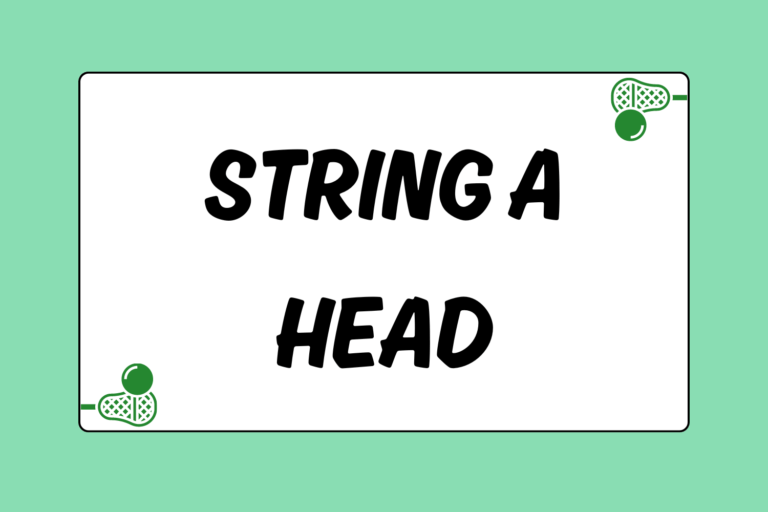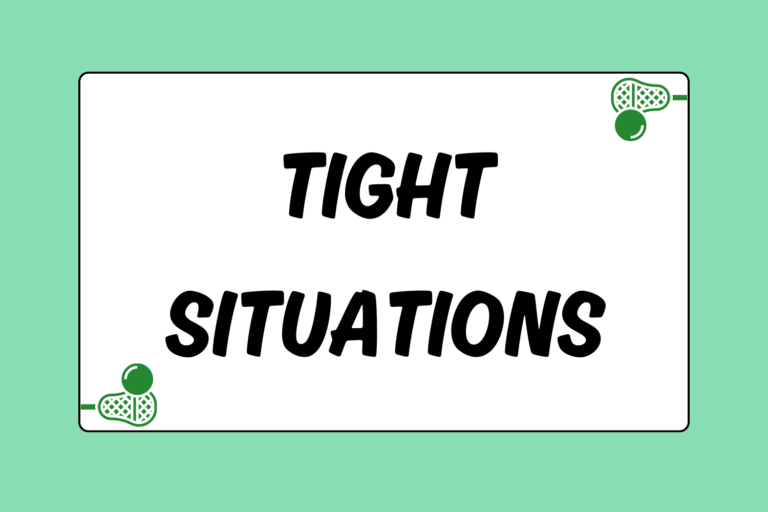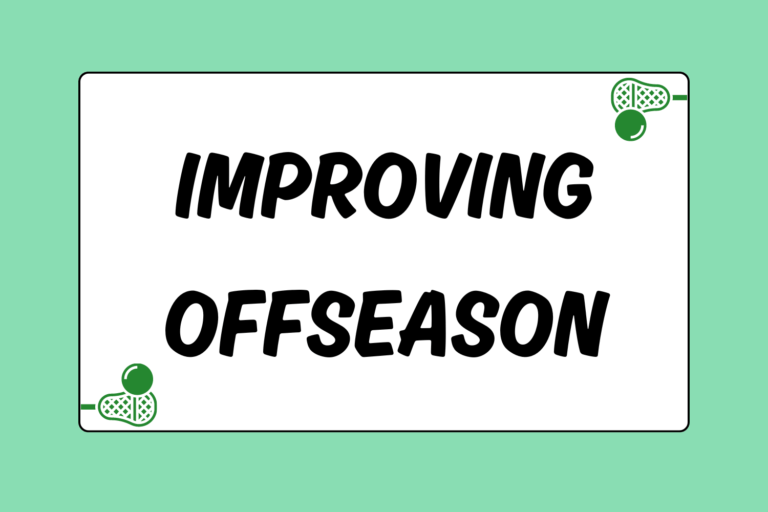If you plan on playing the fastest game on two feet, you’d better be properly stretched out and loose before you get out onto the field. Players who don’t adequately stretch run the risk of cramping or seriously injuring themselves. Most teams have a pre-game and pre-practice routine, but this guide will cover all the muscles that need stretching, and how to stretch them to give you maximum flexibility and reduce the chances of injury.
A good stretch can really help your agility and speed, and can keep you on the field for a longer amount of time than a player who doesn’t properly stretch out. All stretches should be performed while breathing at a normal pace, and held for at least 10 seconds.
Lower Body
The muscles in your lower body are vital to being a good lacrosse player, so stretching them adequately is very important. The ability to run, cut, change directions, and shoot with power all come from the lower body. Here are the areas of the lower body to focus on:
- Groin
- Hamstrings
- Calves
- Hip flexors
Groin
Stretching your groin should be first on your list. Groin injuries can linger for a long time, and quite frankly, they can be the most painful and debilitating type of muscle injury to deal with.
To stretch the groin, start in a standing position, and widen your feet to be about twice shoulder-width. Keeping your back straight, bend forward at the waist and put the palms of your hands on the ground shoulder-width apart. Hold this position for 10 seconds.
Next, keep your feet in the same spot, and twist your waist a little bit, bending and leaning down towards your right foot. Touch both hands to your right shoe, and hold the position for 10 seconds. Repeat this stretch on the left side, too.
Hamstrings
Getting the hamstrings loose is also very important. A pulled hammy can cause problems for a long time, and can leave you in the trainer’s room for far longer than is desirable.
Start your hamstring stretch by standing up straight and crossing your legs, leaving your feet parallel and toes pointed forward. Keeping your back straight, bend forward and try to touch your toes. Hold the stretch for 10 seconds. Cross your legs in the opposite direction and repeat the stretch. It’s okay if you aren’t able to touch your toes in this stretch, as the ability to do so should come in time.
Calves
Stretching your calves is similar in nature to the hamstring stretch above. Get down in the pushup position and cross one leg over the back of the other leg, leaving only the toes of the bottom leg touching the ground. Push the heel of the foot touching the ground away from your body, and you should begin to feel the stretch in your calf muscle. Hold the stretch for 10 seconds, and then switch your legs and repeat the stretch on the other leg.
Hip Flexors
Making certain that your hip flexors are good and loose is also essential. Having your hip flexors stretched enables maximum flexibility in the lower body and optimal range of motion for your legs.
To stretch the hip flexors, start by kneeling down on both knees, bending your knees at a 90-degree angle. With your left knee on the ground, place your right foot flat on the ground out in front of your body — keeping the knee bent at a 90-degree angle. Place your hands on top of your right thigh. Move your left foot backwards until you start the feel the pull in your hips. To make the stretch a bit harder, push your right hip forward and straighten your body as much as possible, keeping your hands on your right thigh. Hold the stretch for 10 seconds and then repeat it on the other side.
With the lower body all stretched and loose, now you can turn your attention to the upper body.
Upper Body
While the upper body doesn’t have as many moving parts that need to be stretched as the lower body, that doesn’t diminish the importance of focusing a good chunk of your warm-up time on stretching the upper body. Among the areas that need to be stretched are:
- Upper back
- Lower back
- Shoulders
Back injuries can be among the most severe and painful types of physical ailments an athlete can ever have to deal with, so focusing positive energy on stretching your back out should be a top priority.
Upper Back
When stretching the upper back, begin by standing upright with your feet around hip-width apart. Extend your arms out in front of your chest, clamping your fingers and pushing your palms outward. Push outward with your arms, keeping your back straight and perpendicular to the ground, holding the stretch for 10 seconds. You should feel the stretch across your upper back and towards the back of your shoulders.
Lower Back
After completing your upper back stretch, focus on the lower back. Start your lower back stretch by lying flat on your back and pulling your knees toward your chest with your hands on your shins. Gently pull your knees closer until you feel the stretch in your lower back, and hold the stretch for 10 seconds.
Shoulders
The final part of your upper body stretching is getting your shoulders loose. This one can be done from a prone standing position or while sitting. Pull your right arm across your chest until it is near your left shoulder. As you pull the arm harder across your body, you should feel the stretch in the back of your right shoulder. Intensify the stretch by grabbing your elbow with your left hand and pulling even tighter. Hold the stretch for 10 seconds, and then repeat on the other arm.
Stay Stretched
Devoting time to stretching before and after any practice or game will pay long and short term dividends. In addition to the improving your agility, you will be far less likely to suffer an injury, and will allow yourself time to mentally prepare before playing. Keep your body and mind as healthy as possible, and always stretch out so you can perform at peak capabilities.





